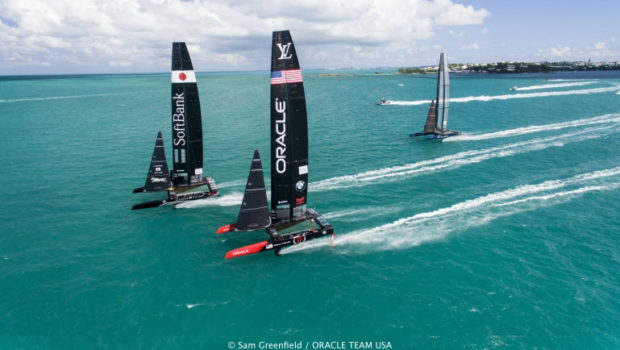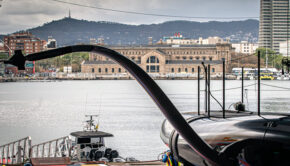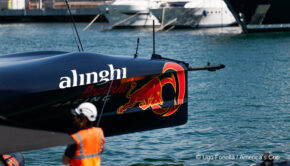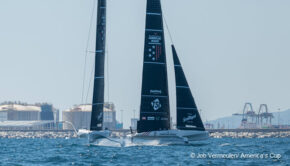America’s Cup: New Year, New Boats
Published on December 28th, 2016
2017 is the year of the 35th America’s Cup. The oldest trophy in international sport and a competition that will see six teams fighting it out on Bermuda’s Great Sound for the ultimate prize in sailing, and, arguably, the hardest trophy to win in sport.
Over 2015 and 2016, the teams competed around the world in the Louis Vuitton America’s Cup World Series, finally won at the last round in Fukuoka, Japan by the British Land Rover BAR team. Throughout the series, all the teams were racing the AC45F foiling catamarans.
The AC45Fs are the precursor to what comes next in 2017 – the America’s Cup Class boats, known as ACC boats, carbon-fibre, hydrofoiling catamarans capable of up to 90kmh and sailed by a crew of six.
This is the heart of the America’s Cup. Teams designing and building their own boats within a set of rules that presents scope for individual design genius, but creates a relatively level playing field that maximizes the competition between all the teams.
So far, as of date of this publication, none of the teams’ ACC boats have seen the light of day, but glimpses have been given as to what lies ahead. All the teams, whether in Bermuda, France, the UK or Bermuda, have been testing interim versions of the race boats they will campaign in 2017, AC45s with parts from their ACC boats added so they can be tried and tested, adopted or dumped as performance data dictates.
These test platforms have been variously referred to as AC45T (turbo) boats, AC45S (surrogate) boats, or, simply, test boats, but from early 2017 the teams’ focus will be 100% on their ACC boats as they perfect systems and designs for the real action in May and June 2017.
One major difference between the ACC boats and the AC45Fs is how they are powered. Both boats need grinders on board to turn over the winches that operate systems. Up to this point, the systems were to operate sails or lift daggerboards, but that will step up for the ACC as a grinder’s role is to build up hydraulic reserves for the significantly more complex systems.
The teams will start to launch their boats in early 2017, and they will be out on the water testing them as much as they can, every single day if possible, between launch date and the start of racing in Bermuda on May 26, 2017.
Source: ACEA, Scuttlebutt









 We’ll keep your information safe.
We’ll keep your information safe.